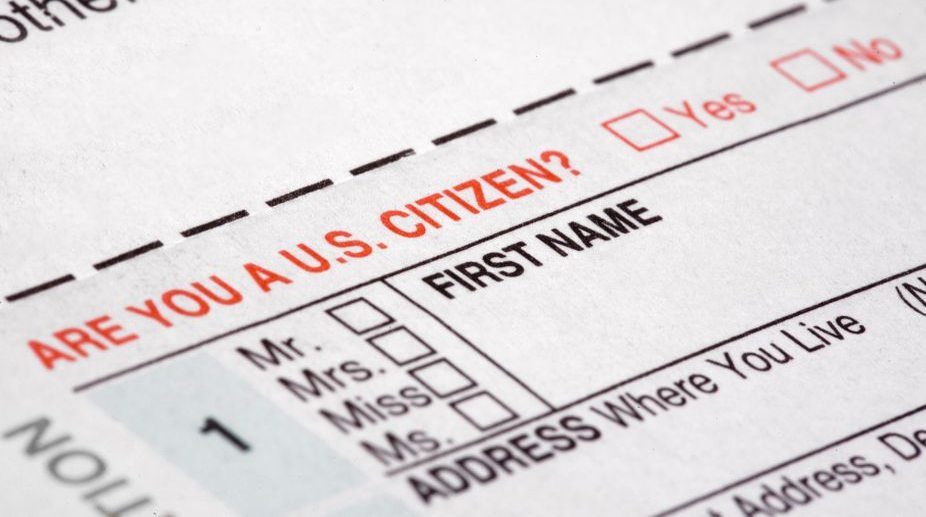US firms can use Gold Cards to recruit Indians: Trump
The "Gold Card" unveiled by President Trump on Wednesday offers US Citizenship to wealthy foreign nationals provided they are willing to invest USD 5 million.

Representational Image (PHOTO: Getty Images)
Earlier this month, newly elected US President Donald Trump put forward three bills seeking to reform the H-1B Visa. His policy of “buy American and hire American” can adversely affect the Indian IT professionals working in abroad as the bill seeks to double the minimum salaries of the visa holders.
The H-1B Visa allows US firms to hire foreign workers at a lesser cost than their American counterparts. However, this bill would limit the entry of highly-skilled foreign workers into the country to stop companies replacing American workers.
Advertisement
Here are few of the facts how H-1B visas work and the benefits enjoyed by the holder.
Advertisement
An employer offering the job should apply to the US immigration department for the H-1B visa on behalf of the candidate. The company should put forward the bill to hire the candidate.
The H-1B visa allows specialty occupation workers to work in US for a maximum period of six years. It is initially issued for a period of three years, but may be extended to another additional period of three years.
An H1-B holder can seek permanent residency in the US and has the ability to buy or sell property in the country.
H-1B visa allows the holder to work for more than one US employer.
H-1B visa holders are allowed to take long unpaid leaves without having their status affected.
The H1-B visa limit is currently 65,000 and additional 20,000 are granted to employees attaining master degree from American Universities.
An H1-B visa holder is allowed to attend school either part time or full time without an F-1 visa.
The programme for the foreign workers to work in US in the various fields of research, software programming and engineering was introduced by then President George Bush in 1990.
Indians receive more H1-B visas than any other country as 253,377 Indians were either given new H-IB visa or their previous H-IB visa was extended in 2015.
Advertisement